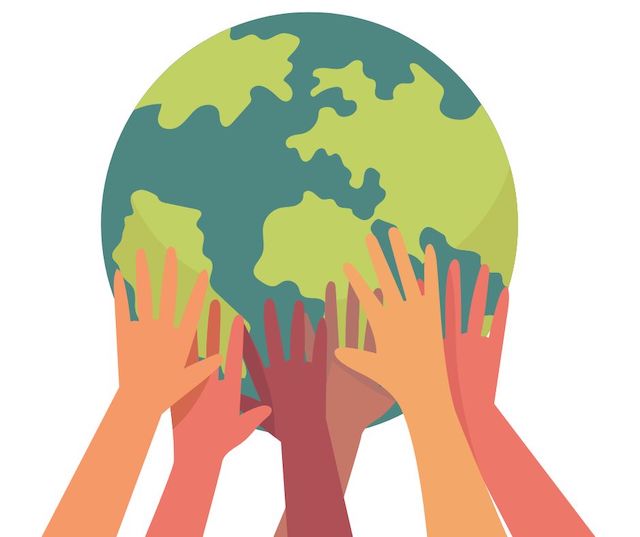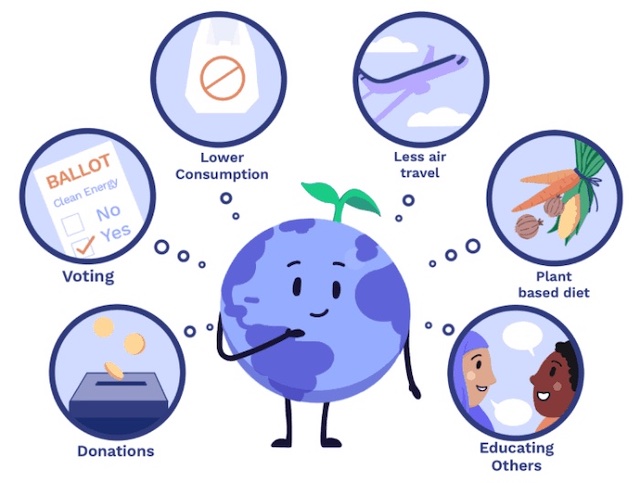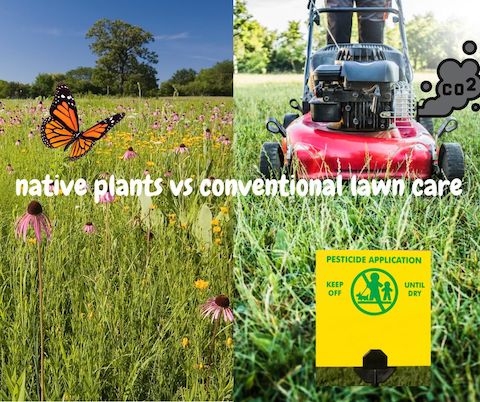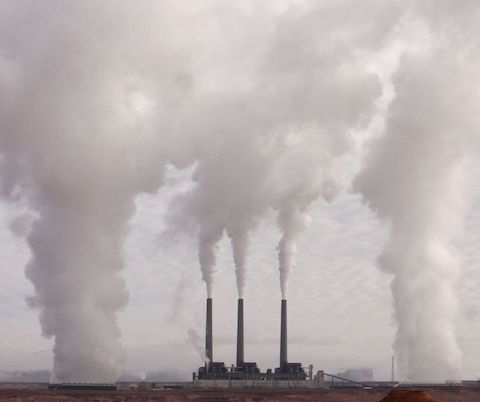On April 22 many of us celebrate Earth Day by planting trees and attending festivals, but the first Earth Day in 1970 was a national bipartisan demonstration against the blatant disregard for environmental and human health. Prior to that, there was a lack of clean air and water standards. Industries fouled the air and water, medical waste washed ashore on Atlantic beaches and the Cuyahoga River caught fire. The public demanded change.
The first Earth Day ushered in a new era of environmental protections starting with the United States Environmental Protection Agency, the National Environmental Education Act, the Clean Air Act and the Clean Water Act.
Thanks to pollution regulations and a collective change in habits (it’s no longer acceptable to throw trash out your car window, and for the most part recycling is the norm) we enjoy cleaner air and water and reduced risks to our health.
Earth Day is now a global event, celebrated each year by one billion people in over 190 countries.
You can join Friends of the Fox River (FOTFR) at many such celebrations right here in our watershed. You might even leave with a free oak tree sapling from FOTFR. Conveniently coinciding with Earth Day activities is the community screening of the new film Watershed Warriors, produced by Rivers are Life, which highlights how FOTFR is helping the Fox River by building a watershed community of caretakers. This Earth Day we are asking you, too, to be a watershed warrior; how will you engage for the earth beyond Earth Day?
Let’s use Earth Day as a launch pad for the work we have ahead of us.
Though we’ve made great strides since the 1970s, our Earth (and our Fox River) still face enormous pressures ranging from single-use and micro-plastics to climate change.
It’s time we all make decisions and choose habits that support the future planet we want to inhabit. Even though some of these might be out of your comfort zone, that doesn’t mean they have to be UNcomfortable.
Reduce the number of single-use plastics in your life. Make an effort to buy products in as little packaging as possible, use reusable water bottles, and take your own bag. You’ve no doubt heard these suggestions before, but plastic bags and water bottles have become the greatest threat to our Fox River. Even when we’re responsible about disposing or recycling them properly they’re easily bounced or blown out of bins and trucks. Consider making it a habit to bring a bag with you on your walks, rides, or paddles to pick up the inevitable (plastic) trash that crosses your path.
Aim to eat a local produce based diet. We are lucky to be entering the season of farmer’s markets and to live in a region where there are many to choose from. Local produce results in fewer emissions since it’s not trucked in from 1000s of miles away, and is often grown without loads of synthetic pesticides. Smaller farms don’t often have the funds to pay for organic certification but they may still use organic practices – ask your farmer! Eat fresh, delicious food; contribute to your local economy; reduce your food’s carbon footprint – win, win, win!
Speaking of food, the end of your foods’ life is just as important as the beginning. Food thrown into the trash releases methane, a powerful greenhouse gas, as it rots in landfills. Check to see if your town offers composting services (and encourage them to do so if they don’t currently) or consider a compost bin in your yard if you have the space.
Reduce, better yet, eliminate your use of synthetic lawn chemicals. Not only does the manufacture of synthetic fertilizers have a large carbon footprint, runoff can degrade water quality by creating excess nutrients and conditions for algae to flourish. Pesticides can harm pollinators whose populations are already in peril. If you have a lawn care company inquire about their practices and what products they are using. At the very least these products shouldn’t be applied in windy conditions (drift can impact neighbors or nearby natural areas) or prior to precipitation events (increased potential to runoff into storm sewers and eventually the river). Amp up your impact by reducing your lawn and planting natives that don’t require pesticides, fertilizer or excessive watering.
Think before you buy. This might be the hardest habit to shift, as we are all accustomed to the ease and convenience of online ordering. However, it comes with a price. From the increase in transportation emissions to the buying up of vacant land for large scale distribution centers, our insatiable appetite for stuff is taking its toll.
Use your voice. Talk to friends, family and your community about actions you are taking in order to amplify your efforts, keep you accountable, and get more people on board. Beyond that, as mentioned in previous newsletters, get involved in local meetings where land use decisions are made and talk to local representatives to be sure policies are reflecting constituent values.
Large scale challenges like plastic pollution and the climate crisis can feel daunting, but individual actions can be empowering, and taken together can add up to serious change, not unlike the first Earth Day.
“Too frequently we think we have to do spectacular things. Yet if we remember that the sea is actually made up of drops of water and each drop counts, each one of use can do our little bit where we are. Those little bits can come together and almost overwhelm the world.” Desmond Tutu
Our action (as well as our inaction) is collective.





